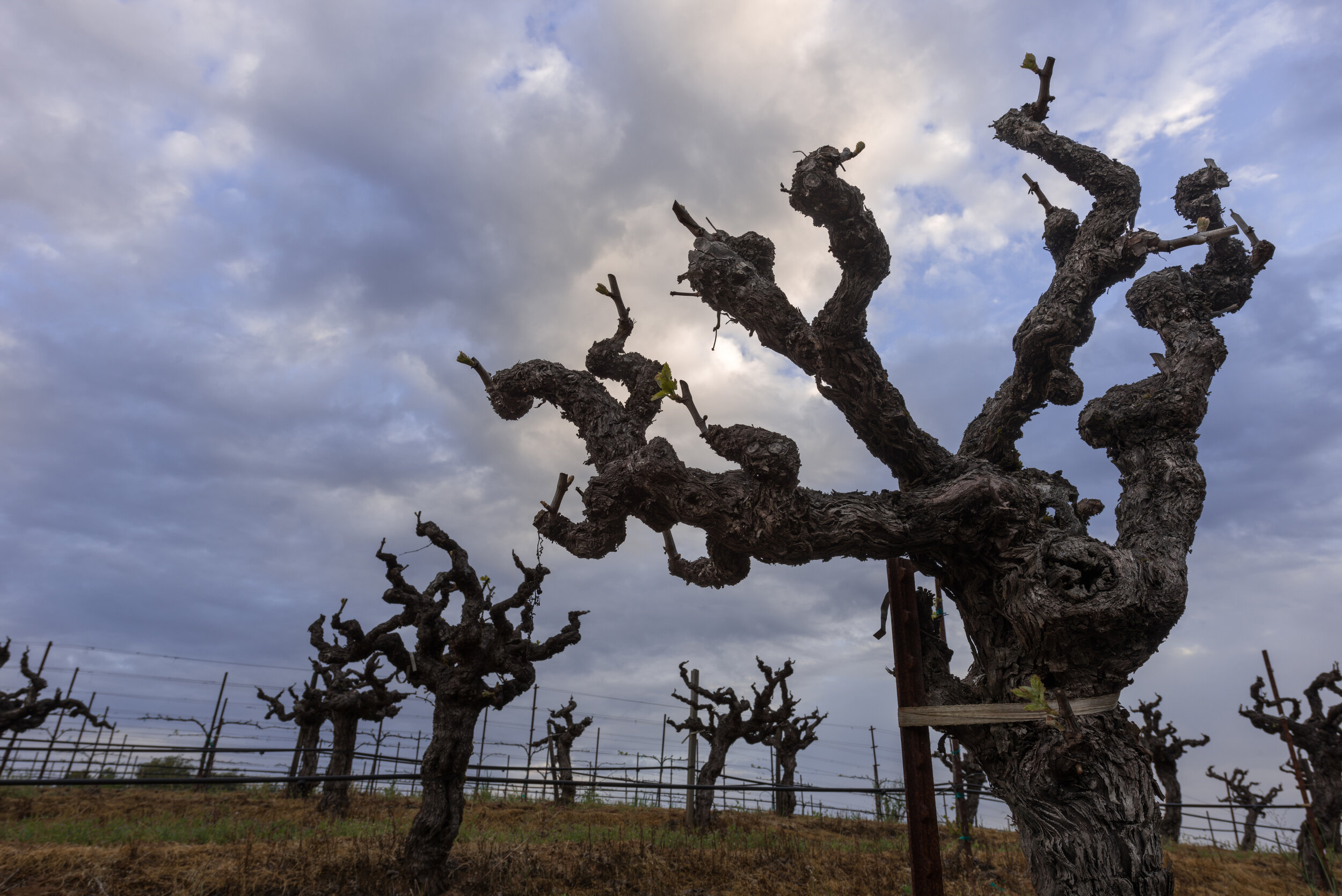Regimes of Existence
Last week we touched a bit on the concept of “terroir” and the difference between scientific debunking and social debunking. Now we are going to look at the possibility there is, between a falsifiable scientific theory and pure belief (and some might say pure gullibility), something amorphously intermediary. This middle ground best serves the observation of more complex systems rather than discrete objects or outcomes.
Flickr: Justin Kern
It is possible that this middle ground may be the new love in my life (and so late in life).
Geneviève Teil, the sociology researcher quoted above, works at INRAE (L’institut national de recherche pour l’agriculture, l’alimentation et l’environment – National Research Institute for Agriculture, Food and Environment) in France. She studies the marketing of high-quality products, consumer taste and habits.
Terroir as a concept of a food or drink that is identifiably from a particular region, having benefited from the soil, climate, farming practices and community of flora and fauna therein, also inherently embeds a concept of quality and uniqueness.
The term amateurs above is used to “to distinguish them from experts in the various competing scientific disciplines who seek to pronounce on the sources and standards of taste.”
In both French and English, taste is a sensation and it also an expression. To have good taste, avoir du bon goût, is an expression of oneself experienced or witnessed by others. What we find pleasing, whether it is the food or drink we consume, or the clothes we wear, the haircut and colour we choose, the accessories we add, the gardens we create, the homes we outfit…we do none of these things in the absence of a social collectivity. And the choices we make are part of a process of doubting, learning, clarifying, adapting and reconsidering.
There is a quite a bit of literature on the experience of “being high” when smoking marijuana and that it is highly influenced by the social atmosphere surrounding the experience.
It is not appropriate to refer to this reality as an imaginary social construction; it is a foundational regime of human existence.
Choreography
Before I sew all of these concepts together, I would just like to touch on one more example of an equivalent regime of existence that parallels that of terroir.
Importantly, all of these regimes of existence, examples of which may include the concept of terroir or the subjective psychoactive potency of marijuana, or the experience of art that is performed, are absolutely spaces open to manipulation. However, the scientism response of resorting to exposition and ridicule does not allow for a broad education in our society on how to successfully navigate these regimes of existence that are neither in the land of hard data nor in the land of pure belief.
The Space Between Data and Belief
Terroir, taste, choreography and many other experiences I have not referenced here, are all somewhat like the definition of quantum zeno effect in physics.
Quantum zeno effect (QZE) and quantum anti-zeno effect (QAZE) are the way in which time evolution slows or increases purely based on the frequency or infrequency of observer measurements.
The problem with the existence of QZE and QAZE is that the scientific method does not really allow for the potential that the observer/experimenter can change the outcome of an experiment through observation.
The upshot is that QZE and QAZE exist and yet they live outside the scientific method’s foundation wherein an observer may create a falsifiable theory, test it, and arrive at objective data.
If we take concepts of terroir, or taste, or art and look at them through the lens of these effects found in quantum mechanics, what if they are all real but the observer contributes to their reality?
And in the case of all these social constructions, they now become not imaginary but gently nudged and guided into hard existence— just not an existence that can be fully measured using ye goode olde scientific methode.
Now some may argue that this would just represent mass delusion and not a regime of real existence.
Could I be conned into thinking that some cheap red is a genuine wine from Burgundy? Of course. But what science fails to address is I can also equally be conned into believing food and drink are chemical compounds and minerals devoid of terroir or cultural relevance. As human beings we need to get familiar and interact with all regimes of existence, not just the one science has created for us.
Some of you may have been reading here long enough to remember when I sourced that quite extraordinary lone study on Southeast Asian women who were split into two groups: one that got to eat a culturally identifiable traditional meal and the other that had the exact same meal as an unidentifiable blended slurry of the same foods. The uptake of iron from the meal was greater for the group that ate the culturally identifiable traditional meal yet the nutrients in the slurry were exactly the same.
This study revealed such an astonishing outcome: a type of quantum zeno effect overlaying how an object, a nutrient, is absorbed by our bodies through the observation of food as identifiably traditional rather than as blended glop. We are observers changing the observed.
Occasionally, as with the Southeast Asian study, it is possible for the scientific method to uncover how another regime of existence might be real, but more commonly too many subjective factors and dynamics will make it hard to repeat the data. In fact, there is enough trouble in published research these days in reproducing data even when it is looking at easily accessible discrete facts.
So what is this space between scientific fact and belief? How and why should we engage with it? And how does it relate to doing better or worse during pandemic lockdowns or just in life in general? Let us dive in next week…


